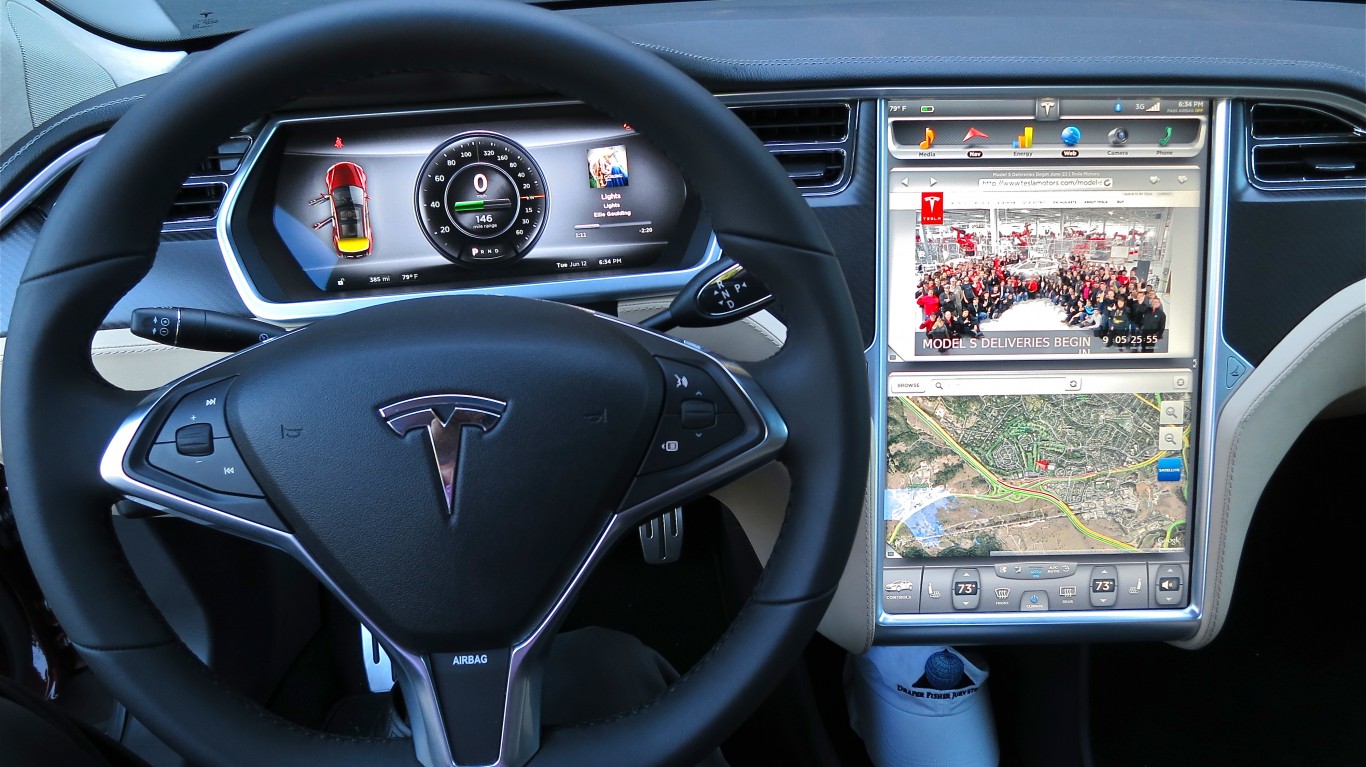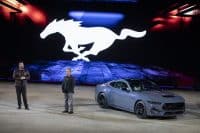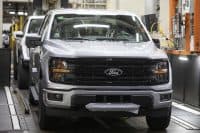
To meet its goal of delivering 500,000 vehicles this year, Tesla Inc. (NASDAQ: TSLA) reportedly is offering customers who take delivery by the end of December a big freebie. The company’s full self-driving package is normally priced as a $10,000 option, but customers who will take delivery right now can add it to their vehicles for three months at no charge.
According to Electrek, sources say “Tesla has authorized staff to offer three months of a free Full Self-Driving (FSD) package to people who can take delivery by the end of the year.” The FSD package includes Tesla’s Navigate on Autopilot feature, auto lane change, autopark, summon and traffic light and stop sign control. The real value, though, is the promise of fully autonomous driving through future software updates to the FSD program.
Once again, Tesla is showing off the strength of its over-the-air software updates. The company has offered over-the-air software updates since 2012 and can use the capability to improve battery range, braking and acceleration, as well as sending updates for autonomous driving features.
Tesla’s ability to upgrade the systems in its cars is important because that capability offers the company a much higher margin than does a new physical feature. Volkswagen has spent some $180 billion on plants and equipment over the past decade in order to realize an operating margin of around 7%. In the same period, Apple has spent about $100 billion and realizes an operating margin of about 28%. The free trial of the FSD package steals a page right from a software developer’s playbook. If customers like the software, they pony up the cash; if not, the company turns off access.
Traditional automakers lag far behind in these capabilities, according to a recent report from analysts at Loup Ventures. BMW, which offers over-the-air updates primarily for the infotainment and voice features, also offers some updates to their cars’ autonomous systems. GM is not expected to have full over-the-air capability until 2023, while VW is planning to have it on all its models by 2025. Ford is introducing the capability on its model year 2021 Mustang Mach-E and its 2022 F-150 pickup.
In order to meet its goal for 2020 deliveries, Tesla needs to deliver about 181,000 vehicles in the current quarter. That’s 40,000 vehicles more than the company delivered in the prior, record-setting quarter.
Because the company owns its distribution system, Tesla has to deliver its vehicles to customers in order to recognize revenue for the sale. Traditional carmakers recognize revenue when they ship vehicles to their dealers.
Earlier this month, Tesla announced a year of free charging to customers who took delivery by the end of the year. That offer is still on the table, along with the free trial of the FSD package.
Tesla’s stock traded up less than 1% in early trading Wednesday morning at $670.79. The stock’s 52-week range is $70.10 to $695.00, and the consensus price target is $414.20. Tesla stock has risen by nearly 700% so far in 2020.
Travel Cards Are Getting Too Good To Ignore (sponsored)
Credit card companies are pulling out all the stops, with the issuers are offering insane travel rewards and perks.
We’re talking huge sign-up bonuses, points on every purchase, and benefits like lounge access, travel credits, and free hotel nights. For travelers, these rewards can add up to thousands of dollars in flights, upgrades, and luxury experiences every year.
It’s like getting paid to travel — and it’s available to qualified borrowers who know where to look.
We’ve rounded up some of the best travel credit cards on the market. Click here to see the list. Don’t miss these offers — they won’t be this good forever.
Thank you for reading! Have some feedback for us?
Contact the 24/7 Wall St. editorial team.




